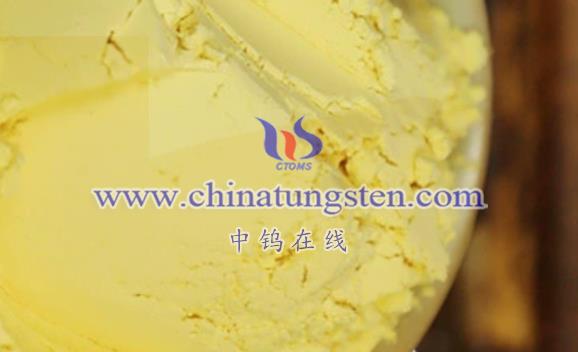
The fabrication of nitrogen-doped nanoporous tungsten oxide electrodes involves key steps, including precursor preparation, anodic oxidation, and nitrogen doping. Below is a detailed overview of these steps:
- Precursor Preparation
This step aims to obtain a suitable tungsten source for anodic oxidation. The process typically includes the following:
- Material Selection
A proper tungsten source, such as ammonium tungstate, is selected. - Chemical Reaction
A chemical reaction converts the tungsten source into a precursor sol suitable for anodization.
Note: In some methods, precursor preparation may be skipped by directly using metallic tungsten or other tungsten materials as the starting material for anodization.
- Anodic Oxidation
Anodic oxidation is the critical step for creating a nanoporous tungsten oxide thin film. The process generally involves:
- Electrode Preparation
- The substrate, such as metallic tungsten or conductive glass, is used as the anode.
- A platinum plate or other inert metals serve as the counter electrode in an electrolytic cell.
- Electrolyte Preparation
The electrolyte typically contains a certain concentration of ammonium fluoride (NH₄F) in ammonium sulfate ((NH₄)₂SO₄) solution or other suitable compositions. - Anodization Process
Under constant voltage or current conditions, the anodic substrate undergoes oxidation to form a nanoporous structure.- The structure’s porosity and morphology can be tuned by controlling parameters such as voltage, duration, and electrolyte composition.
- Cleaning and Drying
After anodization, the sample is removed, washed with deionized water, and dried for further processing.
- Nitrogen Doping
Nitrogen doping is a vital step to enhance the electrode’s performance. It introduces nitrogen into the tungsten oxide structure, resulting in substitutional or interstitial doping that alters the material’s electronic band structure and optical properties. Common methods include:
High-Temperature Annealing
- The nanoporous tungsten oxide film is placed in an atmosphere of ammonia (NH₃) or a mixed NH₃/N₂ gas.
- Heating at high temperatures enables nitrogen incorporation.
- By adjusting annealing temperature and duration, the nitrogen doping level can be controlled.
Chemical Vapor Deposition (CVD)
- CVD techniques may also be used for nitrogen doping.
- This method allows precise control over nitrogen incorporation but is more complex compared to annealing.
- Post-Treatment
After nitrogen doping, post-processing may be required to further enhance the electrode’s properties:
- Acid Washing: Removes surface impurities and residues.
- Annealing: Optimizes the crystalline structure and improves photoelectrical properties.
Preparation Considerations
- Parameter Optimization: Precise control over conditions at each step is crucial for achieving high-performance electrodes.
- Safety Measures: Safe handling of chemicals and gases is necessary to avoid exposure to hazardous substances.
- Performance Testing: Thorough characterization and performance evaluation of the electrodes ensure they meet application requirements.
Summary
The preparation of nitrogen-doped nanoporous tungsten oxide electrodes consists of three main steps: precursor preparation (if required), anodic oxidation, and nitrogen doping. Careful optimization of conditions in each step allows the fabrication of electrodes with excellent properties for use in photocatalysis, photoelectrochemical systems, sensors, and other advanced applications.
More details of tungsten oxide product, please visit website: tungsten-oxide.com
Please contact CHINATUNGSTEN for inquiry and order of tungsten oxide:
Email: sales@chinatungsten.com
Tel.: 86 592 5129595


















